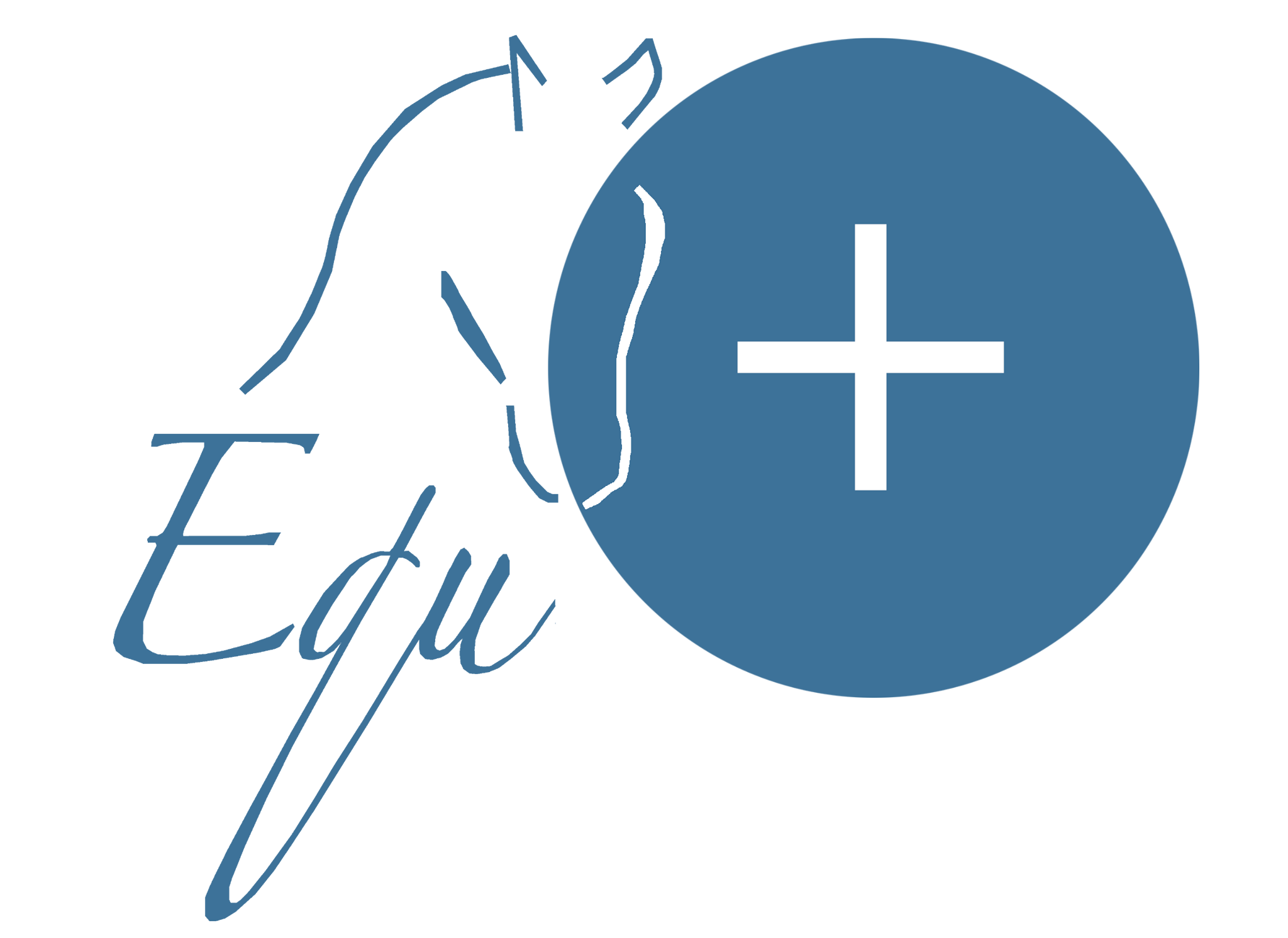A whirlwind of discussion is going on on the internet after AD Camille was euthanized in Geneva last week. Time to just sum up some facts why we euthanize horses when they break their leg. In the wild, a horse with a broken leg becomes dinner for a predator pretty quick.

This article is exclusive for our members
Become a member and get unlimited access to all our articles
Login€5,50/ month
€55,00/ year
- Unlimited access to all equnews digital content.
- Unlimited access to equitube's courses.
- Unlimited access to all video content.
€99,00/ year
- Unlimited access to all equnews digital content.
- Unlimited access to equitube's courses.
- Unlimited access to all video content.
- Receive de Paarden Gazet in your letterbox every month.
- Digital access to the Paarden Gazet online.
€6/edition
or€62,00/ year
- Receive de Paarden Gazet in your letterbox every month.
- Digital access to the Paarden Gazet online.
€1,99/article
- Read this article now.
- Buy you infinite access to just this article.
- Access to other EQU+ content is for subscribers only.



